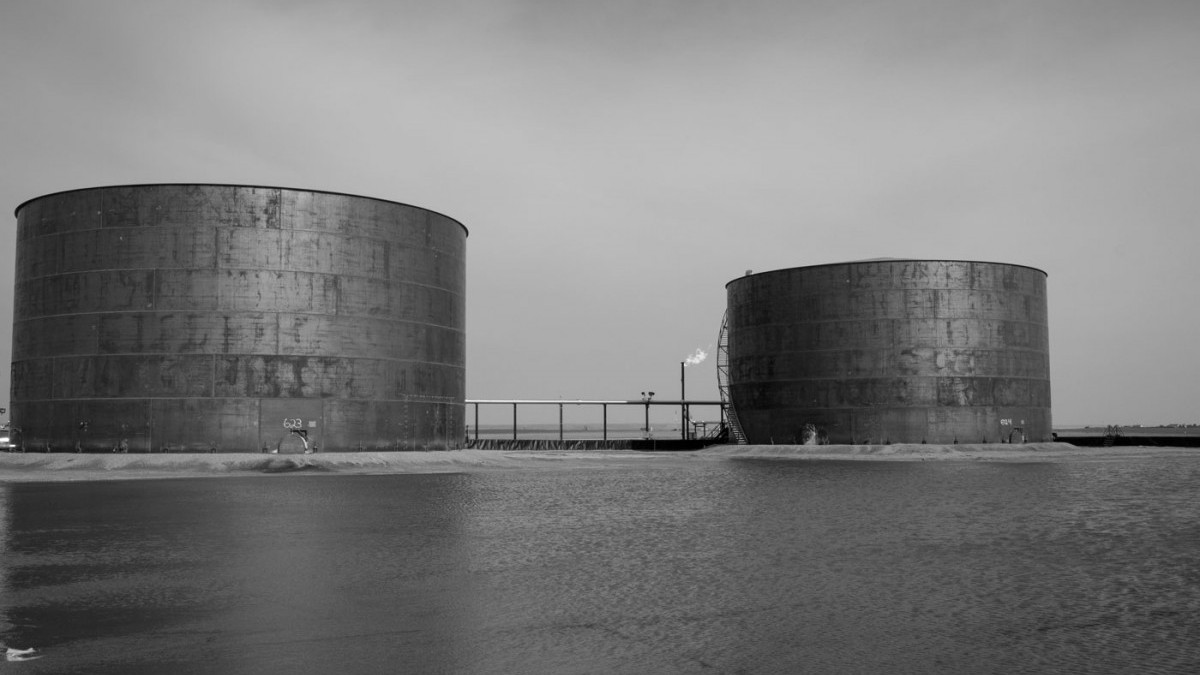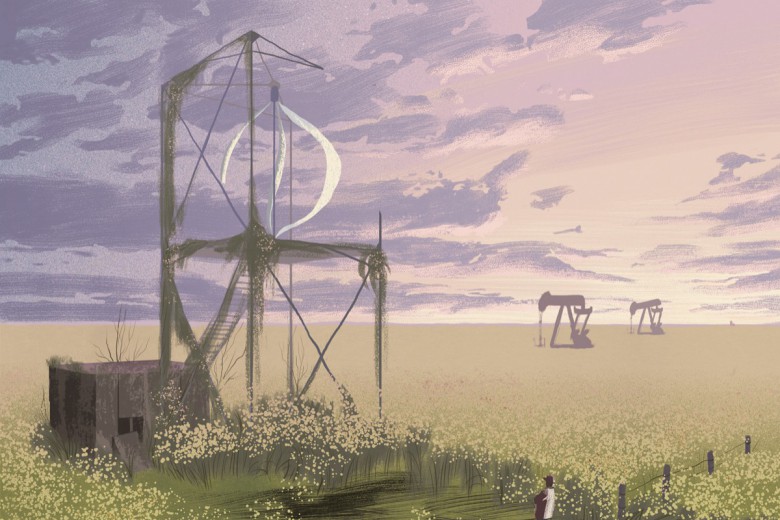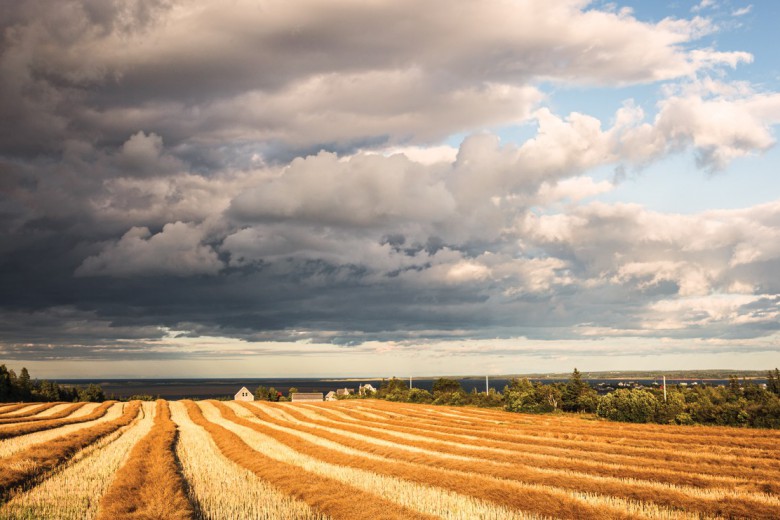Oil is only one of the natural resources that fuel Saskatchewan’s export-led economy. Long a peripheral province in the confederation, Saskatchewan’s rural areas were largely cleared of Indigenous peoples and settled as agricultural communities producing bulk commodities for international markets. In the mid-1900s rural agricultural areas in the south became host to oil and potash extraction, while uranium mining pushed into the province’s north. Rural residents of oil-producing communities have lived through the ups and downs of the industry since the early 1950s when commercial production of oil began to flourish. Moreover, many see oil as fundamental to their futures – futures that will include the inevitable booms and busts inherent in resource-extractive economies. Oil is therefore fundamental to the history, present, and future of many regions in Saskatchewan, especially given the latest and largest oil boom that began in the mid-2000s and ended in 2014. In fact, a narrative I often heard from those working in the field views oil as the foundation of modern life and essential to notions of freedom. For many of the people I spoke with, a future without oil amounts to “turning back the clock” – regressing to a period without leisure time, travel, or mechanized farm production. And to the extent that alternative employment and economies scarcely exist, oil is synonymous with reality itself. In many communities where oil has been a long-standing fixture of life, criticisms of fossil fuels and the industry are understood as threats to the present and future of life and livelihood.
Saskatchewan’s recent oil boom coincided with a broader economic boom in the province (dubbed “Saskaboom”) and has contributed to a palpable sense of excitement and energy. But the collapse of world oil prices starting in the fall of 2014 called into question the future of Saskatchewan’s oil boom. Suddenly, the government froze discretionary spending and hiring, drilling rigs left the province, and oil companies asked their contractors do more work for less compensation. There is no doubt that rural communities are already experiencing the negative impacts associated with the bust. Unemployment and vacancy rates are on the rise, and in one major oil-producing city a long-standing hotel and bar has announced it will close. It is yet too soon to understand the depth and breadth of the impacts of the bust. But since oil prices are not expected to rebound any time soon, rural areas are bracing for a long downturn.
———
Hosting the oil industry
“There’s no motherhood and apple pie in the oil industry.”—Landowner
In the business of oil, the separate ownership of surface and subsurface property rights causes a lot of headaches. For the majority of farmers and ranchers in Saskatchewan, who own only the surface rights to the land, the income they derive from hosting oil leases is small, ranging from C$2,000 to C$3,500 per year per lease with a single well. As established in the Saskatchewan Surface Rights Acquisition and Compensation Act, surface leases are meant to compensate surface owners based on the agricultural value of the land, the loss of its use, adverse effects, nuisance, damage, and costs associated with severing leases from larger tracts. Thus, the perception that landowners are getting rich from hosting infrastructure is largely false: by the definition of the Act, they are being compensated for the lost agricultural use of their lands. At this rate of compensation, farmers must play host to a large number of wells in order to make a substantial income from surface leases. Nevertheless, in Saskatchewan’s oil-producing areas, many landowners welcome new surface leases and use the stable oil income to supplement inconsistent farm incomes that result from fluctuating commodity prices and unpredictable weather and pests. For families trying to resist farm consolidation and corporatization, oil lease income, though only meant to compensate for lost agricultural use, can be the difference between selling the farm and staying on the land.
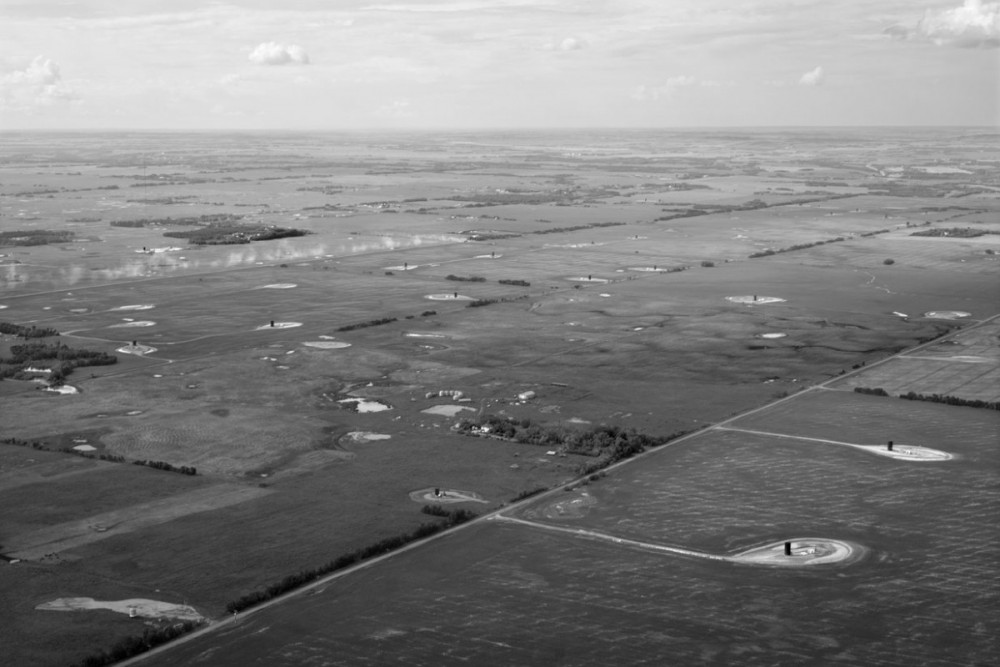
Farmers and ranchers who own mineral rights are few and far between in the province – just 25 per cent of Saskatchewan oil rights are held in private hands (known as freehold rights), and these rights are not always held by the same surface owner. Unlike surface rights owners, private mineral rights owners are compensated handsomely through annual payments of oil royalties that provide them with a substantial ongoing income that more than accounts for the nuisance of surface leases. Thus, in any given landowning community, a complicated landscape of oil interests structures farmers’ and ranchers’ relationships to the industry.
While many rural landowners welcome new oil leases, others have become unwilling hosts to oil infrastructure. When mineral rights are sold, either by the Crown (which holds 75 per cent of mineral rights in the province), or by other private owners, surface owners have no recourse; they must allow companies onto their lands in order to access the oil. Surface rights legislation provides companies legal access to their minerals through a “right of way” regardless of the surface owners’ wishes and without consideration given to the families who have stewarded the land and made their livelihood from it for generations. Referencing Thomas King’s book The Inconvenient Indian, one rancher I interviewed suggested there is a parallel to be drawn between the displacement of Indigenous peoples through colonization and the situation of ranchers who find themselves in the way of the oil industry. According to him, “We are now the inconvenient landowner.”
Even if the landowner refuses the terms of a surface lease, an oil company can obtain a right of entry, provided through legislation, and be drilling within two weeks of the breakdown of negotiations. This has led members of the Saskatchewan Surface Rights Organization to argue that leases are one-sided. Without the right to say no, landowners are without bargaining chips in the negotiations. Those renting farmland (increasingly the case as rural areas become depopulated and landowners become absentees) are worse off, without even the chance to negotiate the range of provisions that some landowners have been able to achieve – including specifications related to lease maintenance and reclamation.
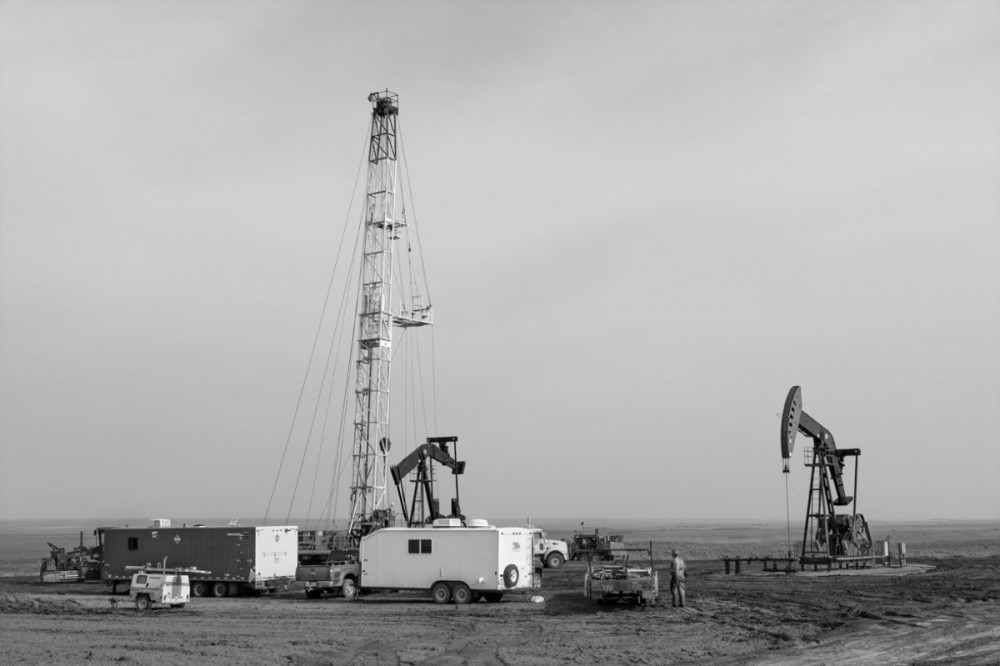
Ranchers and farmers who have become unwilling hosts to oil infrastructure have many colourful expletives to describe the companies whose oil wells, batteries, tanks, drilling rigs, disposal pits, flare stacks, flow lines (small pipelines connecting individual wells to batteries and tanks), and power lines are unwanted intrusions on their lands. These landowners have a broad range of complaints related to the oil infrastructure in their backyards, whether or not they initially welcomed the oil leases. The most common complaints of the landowners interviewed for this research have to do with how oil leases disrupt the practice of farming and ranching. During their (regulated) daily checks on wells companies leave gates open – causing animals to escape, plug up Texas gates with mud, and bring unwanted weeds onto lease sites, causing disruption to crops. Access roads and flow lines fragment fields because farm equipment cannot be driven over them. Wells are often placed in the most inconvenient and ecologically sensitive locations. Drilling operations compact soils and mix up soil horizons, compromising crops on lease sites. Companies leave behind garbage that blows across fields. Animals become sick and even die when they ingest debris left on lease sites or, on rare occasions, get caught in pumpjacks. Citing such incidents and hassles, many landowners argue that the $2,500 they get for a lease doesn’t even cover the associated costs to the farming operation.
———
More severe land impacts experienced by ranchers and farmers include leaks and spills, the most damaging of which are caused not by oil, but by highly salinated water. In fact, in many ways the oil industry is more accurately in the business of waste management, given that they must properly dispose of the water that accounts for 75 to 95 per cent of each barrel extracted. The sheer volume of “produced water” that companies must dispose of at their own cost means that the potential for spills is significant. One landowner in the southeast of the province has a particularly remarkable story regarding a battery site that he has been fighting to get cleaned up since the 1980s. A leaking salt water tank had not only destroyed the battery site, but the land surrounding the site was no longer suitable for crops because of high levels of soil salinity. According to this landowner, successive companies that had taken over the lease had hired environmental consultants to study the site, but the studies had piled up over the years without any action. While spilled oil will biodegrade over time, salt is a persistent contaminant. Proper remediation would have included digging out the damaged soil and replacing it, but successive companies attempted to deal with the problem by flushing out the site with water. This only spread the salt further into the landscape and into surrounding surface water and dugouts. Exasperated, this landowner no longer has any faith that the contamination will ever be cleaned up. Not even the regulators, who had been out to see the site, seemed to be able to force the company into action. As he explains, government “will tell you that they have a big stick that they can swing, but they don’t swing it. Grow the economy. Environment can come later. [With] all the money we made growing the economy now we can take it and clean up the environment. That’s how smart they are.”
In another case, a rancher in the west-central region experienced a major pipeline leak on his land. So much oil was spilled that when the company came to notify the rancher and his wife in the middle of the night, they told them to pack their bags and leave their property on foot to avoid turning on their ignitions. The couple stayed in a hotel in a neighbouring town for a month while the spill was being cleaned up. Returning to his property daily to check on his animals, the rancher found the smell difficult to take and the animals huddled in the corner furthest away from the spill. When a company representative came out to brief the rancher about the cleanup, the rancher advocated aggressively that thorough and swift remediation measures be taken. In response, the company representative reminded the rancher that his grandson drove a steam truck for the company, suggesting that his job might be terminated should the rancher be too demanding.
This rancher’s story illustrates the extent to which the oil industry’s deep penetration constrains and shapes individual landowners’ abilities to advocate for themselves and their land. In the context of a declining and consolidating agricultural economy in rural Saskatchewan, the oil industry offers one of the only and best opportunities for employment. In fact, on top of hosting infrastructure, many landowners are also contracted by the industry. In addition to running their farms, farmers might truck for oil companies or even work on drilling rigs. On a more informal scale, landowners offer services such as snow removal, weed control, access to surface water, disposal of drilling mud, and much more. Many of these landowners are the same ones who complain of inadequate surface lease compensation and the nuisances outlined above. Landowners are thus in a complicated and ambiguous position vis-a-vis the oil industry; they are stuck with the oil leases and are attempting to make the most of their situations. They wrestle with the question of whether the surface lease income properly compensates them for the nuisance, and they worry about the safety of infrastructure as it ages. For these reasons, many criticisms of the industry are preceded by caveats like “I’m not anti-industry, it has done wonderful things for our community and my children, but…”
———
In this context of tight ties and involvement with industry, advocating for proper compensation and remediation of contaminated lands is problematic. If a landowner is not actively working for an oil company, it is sure that their child, grandchild, sibling, or other family member is. As I was told by several interviewees, in small tight-knit communities nobody wants to be seen as anti-oil, as that would endanger the prosperity of their neighbours and family. Criticisms of the environmental impacts of extraction are deemed particularly off-limits, even though farmers and ranchers understand themselves as stewards of the land. For the most part, landowners struggle through the environmental, health, and land-management impacts in silence.
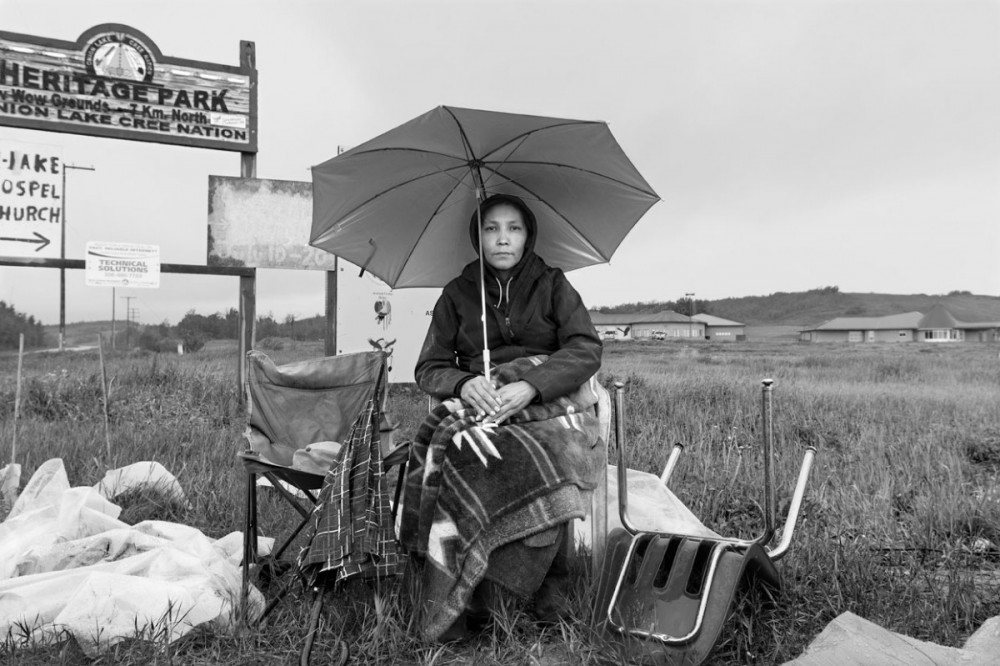
One of the only organizations in Saskatchewan that advocates for those experiencing the impacts that come with hosting oil infrastructure is the Saskatchewan Surface Rights Organization. Organized into regional “sections,” surface rights groups are engaging in a form of self-help. The west-central section has hired a former “land man” who used to be contracted by oil companies to negotiate surface leases with landowners, and therefore has inside knowledge of the industry. This former land man helps individual landowners take their cases to the Saskatchewan Surface Rights Board of Arbitration, where they can attempt to get limited compensation for nuisances and breach of the terms of leases. Landowners complain that the surface rights legislation does not allow for adequate compensation, and that the board members, appointed by the province, work in the interest of the companies rather than the landowners. Clearly there are limitations to this practice of self-help. While landowners are learning from each other’s cases, the approach remains a fundamentally individual one and is limited by the terms of the surface rights legislation. Furthermore, some landowners report being typecast as anti-industry for their involvement with the organization, and there are likely many more too timid to even pursue their cases with the surface rights groups. According to one rancher active in a surface rights organization, his neighbours “wouldn’t join the surface rights group because they plough snow in the winter time for the oil wells, so there’s a conflict of interest and a lot of farmers that plough snow and stuff, they’re scared to associate themselves with us. But I don’t think that the oil companies are too upset about it.” A cultural attitude of independence and masculinity also precludes landowners from getting together. As one farmer said, “There’s also a cowboy mentality. It’s you alone against the elements and the world and why should you associate? I mean, ‘I’ll look after myself. I’ve got a six-gun and I can handle these guys.’”
———
Conclusion
In a province that has long considered itself Alberta’s poor cousin, enthusiasm for oil extraction during the recent economic boom was palpable. No longer a recipient of federal transfer payments, the province boasts that the economic tides have turned and that people are returning home to forge a life and livelihood in the cities and rural communities of Saskatchewan. The oil economy has been an important factor in this sense of provincial renewal, and many people in oil-producing regions are truly thankful for its contribution to this economic revival.
Conversations about the impacts of extraction are, however, surprisingly absent from the public discourse about oil extraction. This is not because rural and Indigenous communities are unaffected. Rather, it is because of the fragility and complexity of residents’ relationships with industry. For the hosts of oil infrastructure, complaints that call into question the legitimacy and desirability of the industry can lead to blowback from community members and leadership. In this context, it is much more realistic to fight for better compensation from oil companies through organizations like surface rights groups than to risk alienation for pointing to environmental and health impacts or the loss of traditional livelihood practices such as hunting and collecting medicines and berries. For those servicing the boom, the profound relationship of inequality between oil field and non-oil field work is willfully overlooked because such jobs would disappear without a thriving industry. As this book illustrates, people are not unaware of or unaffected by oil’s impacts: alternative economies and sources of employment are hard to come by.
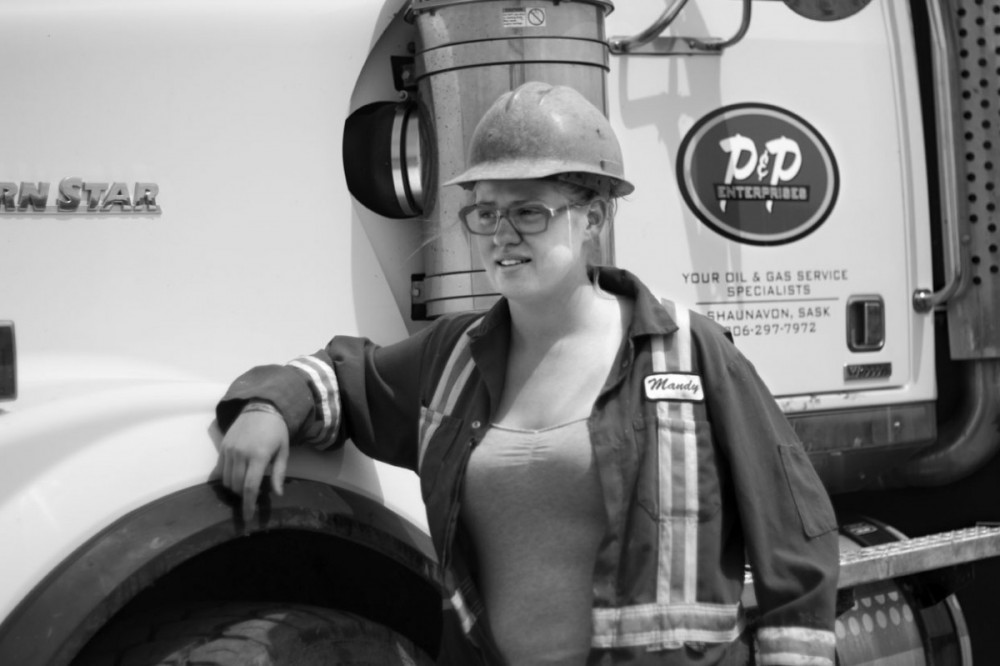
The global crash in oil prices over the winter of 2014-15 has thrust the future of Saskatchewan’s oil economy into a period of uncertainty. Oil field service companies like Halliburton have already announced that they are closing down operations in the province, drilling has slowed down dramatically, and the reduction in oil royalties has strained government coffers. It is unclear for how long oil prices will stay low. Oil giants like Saudi Arabia are currently flooding the international market in order to drive many costly, unconventional operations in North America and elsewhere out of business. It is yet too soon to tell whether the next uptick in world prices will bring unconventional fields back online. Regardless, without a drastic change in course, oil-producing communities are destined to continue their precarious positions in cycles of boom and bust. Contemporary booms and busts are, however, playing out within broader forces that are making family farms more precarious, weather more unpredictable, and rural and Indigenous spaces more subject to the vagaries of international financial flows and markets. Arguably, much of the social and economic infrastructure that rural families counted on during times of hardship has been stripped away.
The recent downturn, although certainly painful for oil-producing regions, also opens up opportunities to articulate a different future. The burden is on us all to bring to life alternatives that can break the cycle of boom and bust and that are more environmentally and socially just. In so doing, we ought to defend people’s rights to livelihood, and their choices to stay in the communities that they call home and on the lands that they have stewarded for generations.
Excerpt from Fault Lines: Life and Landscape in Saskatchewan’s Oil Economy published by University of Manitoba Press in 2016.


